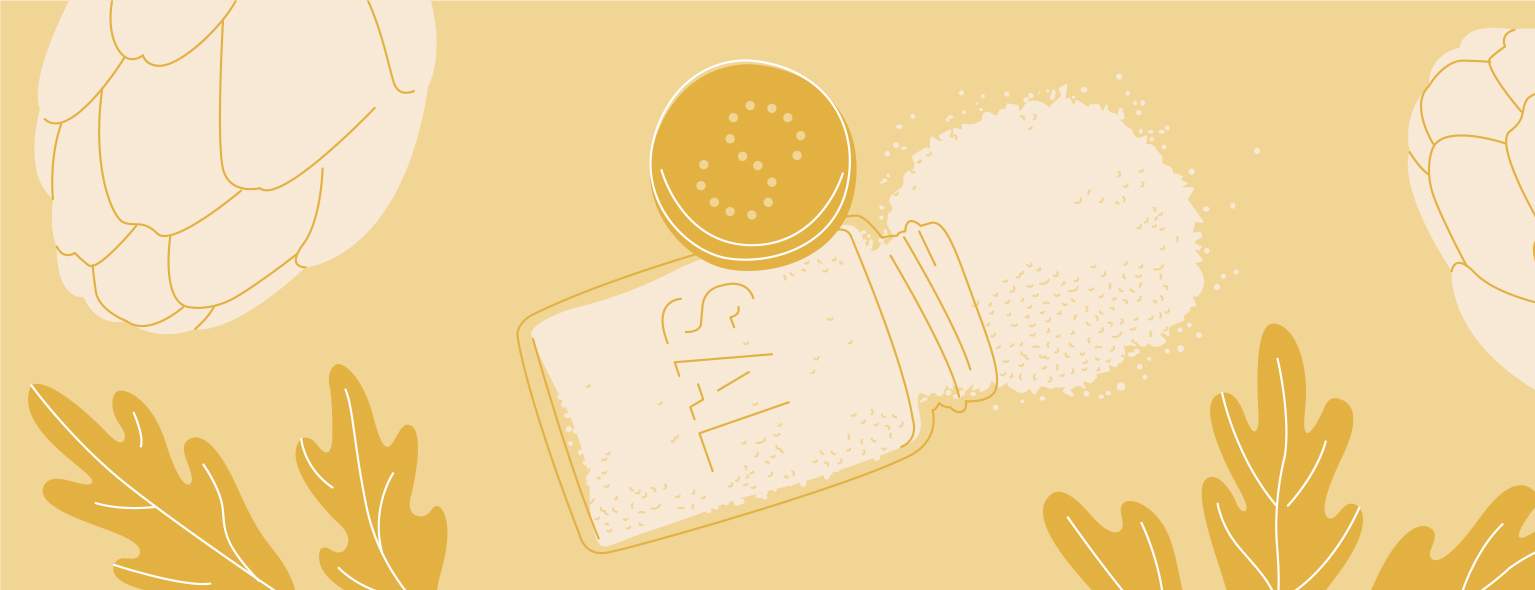The artichoke is the fruit of the artichoke flower and its scientific name is Cynara scolymus, hence the name of ARTICHOKES CYNARA. According to Greek mythology, the god Zeus fell madly in love with a beautiful girl named Cynara, who was roasting in the sun on the island of Kynaros. He was immediately seduced and so enchanted that he promoted her to a goddess and lodged her in Mount Olympus himself.
Tired of her role as mistress – he was married to Hera – she returned without permission to her beloved island. Zeus, enraged at having been abandoned being within the reach of mortals, managed to grow leathery scales that engulfed her leaving only a scorned heart, thus creating the first artichoke.
Already in the Persian era, around 4000 B.C., its properties were known, but it was the Greeks and Romans who brought it from Egypt or Northwest Africa, extending its trade to the Mediterranean, whose temperate climate made its annual cultivation possible. Later, the Arabs would rename it with the name of al-kharshûf, which means “language of the earth”.
In the Middle Ages, the era of obscurantism, the artichoke was left aside until in the XV century Catalina de Médici propagated it in Italy and later in France when she married Henry II and with the discovery of America, she also ended up cooking it there. Of course, for a long time only the wealthy could afford it since its value increased powerfully.
Today, Europe is the main producer of artichokes, having its maximum presence in Italy and Spain, reaching around 70% of the world production, followed by France and Greece. In North America, California and Latin America stand out, Chile, Peru, Argentina and Mexico. As for Africa, Egypt together with Morocco, Algeria and Tunisia are the main producers, as well as China in Asia.
* Image name: Les cinq sense, le gout de Abraham Bosse. 1638
 Skip to content
Skip to content







